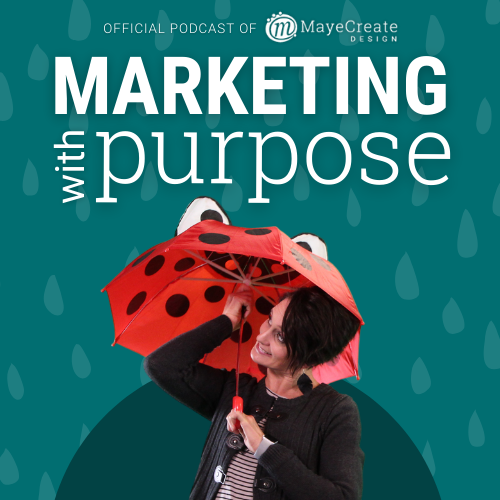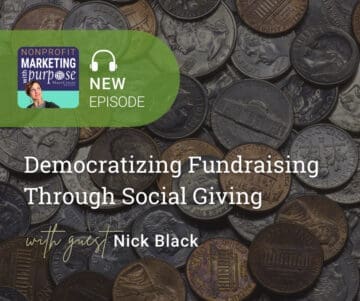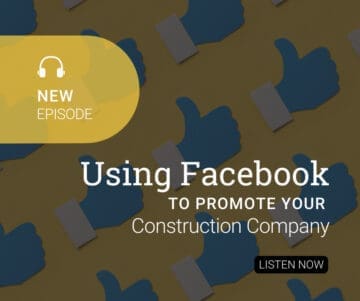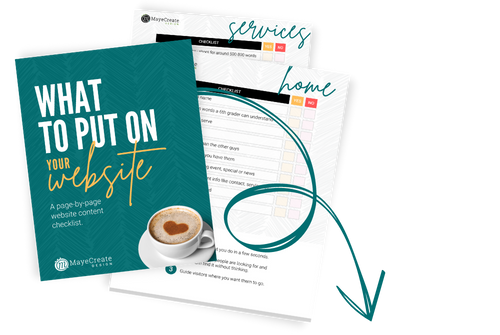Facebook Fundamentals: Social Media Terms Explained
May 2, 2019
CONSUME CREATIVELY
This content is available in:
This content is available in:
TEXT
Updated: May 2019

It’s 2019, which means Facebook (and social media writ large) has been a presence in our lives for well over 15 years now.
15 years!
That’s a long time. Think about what your were doing 15 years ago…
Yikes. Let’s just agree that a few things have changed. Over that time, Facebook has grown from a tempestuous dorm room start-up to one of the biggest conglomerates in the world. Just as the platform has grown and evolved, the terminology we use to describe and understand it has changed as well.
Have you come across any of your old Facebook posts lately? It ain’t pretty:
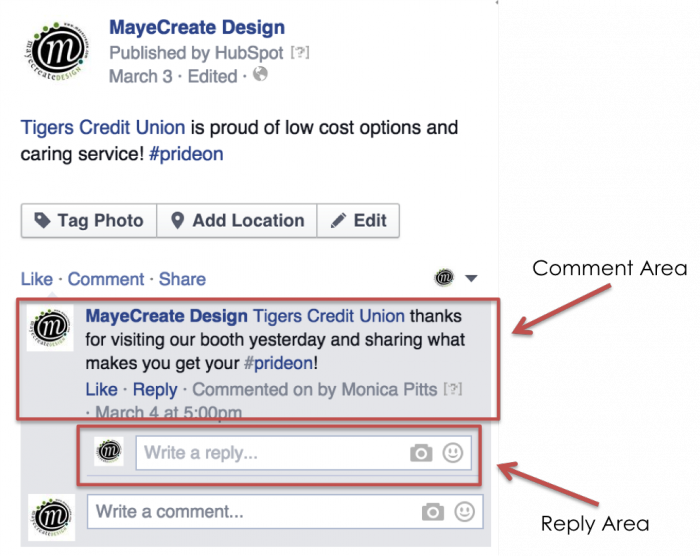
Seems slightly antiquated doesn’t it? Like the idea of writing on someone’s wall (lol, I know, rite?), it’s feels like a relic from a much simpler time…
But here’s the rub:
That image is from 2015. Only 4 short years ago.
Our point? The rate of change online and particularly on Facebook is only accelerating.
Over the past 15 years Facebook has proven itself as an invaluable marketing tool for business. With over 2.7 billion people using at least one of the companies core products (Facebook, WhatsApp, Instagram or Messenger) each month, it’s now more crucial than ever for marketers and business owners to understand the terms and phrases that comprise our modern Facebook vocabulary.
Simply put — the more you understand about the platform, the better prepared you’ll be to take on a social media strategy to promote your business. With that in mind we’ve created a helpful list of terms to use as a reference during your social media journey:
Learn the Social Media Lingo
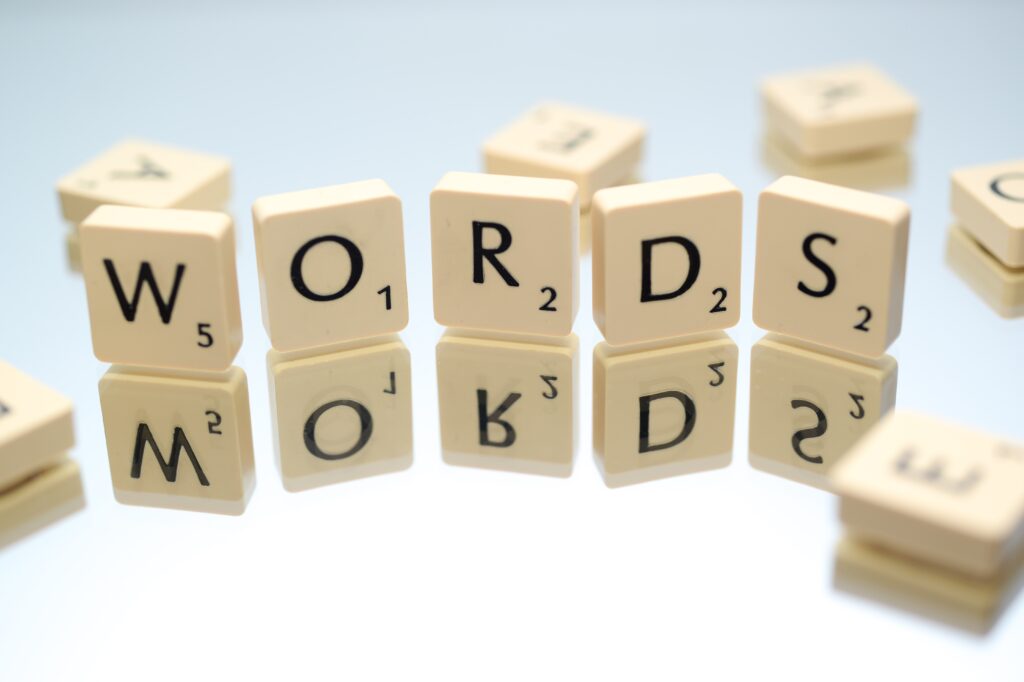
(This list focuses mainly on Facebook lingo, but as more terms enter the popular lexicon we’ll be sure to add them.)
Profile: A personal page meant to represent a single individual, which has the ability to invite “friends,” through friend requests. Depending on security settings, public access can be limited.
Pages: A public profile specifically created for businesses, brands, celebrities, causes and other organizations. The Page reaches out to a community of “followers” — which are people who choose to “like” or “follow” a page. Pages can gain an unlimited number of followers or fans.
Likes: “Liking” is a way to “give positive feedback and connect with things you care about.” Users can like pages and “react” to posts, status updates, comments, photos, and links posted by their friends, as well as adverts, by clicking the “Like, Love, HaHa, Wow, Sad, or Angry” buttons at the bottom of the content. This makes the content more likely to appear in their friends’ News Feeds or their own News Feed in the future.
Facebook Fundamentals: How to Like Other Pages as your Page
Facebook Fundamentals: How to Invite Friends to Like your Facebook Page
[cta_left id=”19″]
Friends: The term given to a personal profile you follow on Facebook. When you add someone as a friend, you automatically follow that person, and they automatically follow you. This means you may see each other’s posts in News Feed. When you follow someone who you’re not friends with, you’ll see posts that they’ve shared publicly in your News Feed.
Fans/Followers: The terms given to users who have “liked” a Facebook Page. When you follow someone as a fan you may see some of their public posts in your News Feed, but they won’t follow you back and they won’t see your posts.
Page Likes vs. Follows on Facebook: What’s the Difference?
Unfriend: To remove a user from your list of friends. This does not notify the unfriended user, but disables their status updates from displaying on your wall.
News Feed: The constantly updating list of stories and posts in the middle of your home page. It includes status updates, photos, videos, links, ads, app activity and content from Pages and groups that your follow.
Groups: Facebook Groups are a place for people to share their common interests and opinions. Anyone can create a Facebook group and membership can be set to public or private. Private groups require an invitation from an admin to join. Members can create events, upload pictures/video and share files within a group.
Comment: A public response to another user’s post.
Reply: The ability to reply directly to comments left on posts by other users, like a conversation. Designed to encourage conversation threads, making it easier to interact directly with individuals and keep relevant conversations connected.
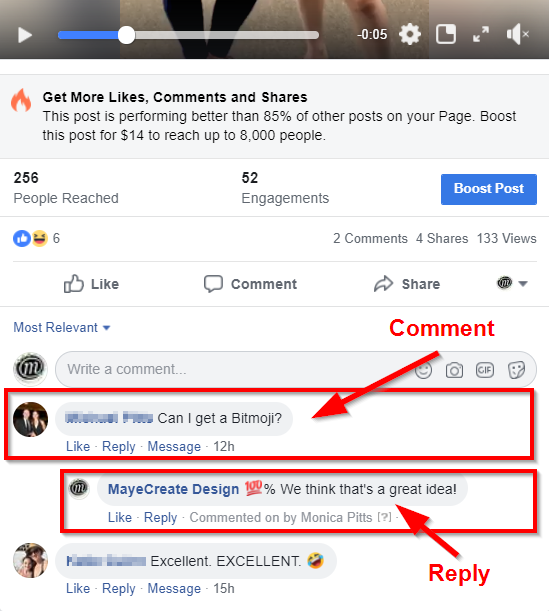
Share: A feature that allows you to “repost” content you enjoy. You can share to a Profile timeline, to a Page or to a group.
Profile Picture: An image that is meant to represent your Page or Profile, like a logo. This is the smaller photo on your page that is also located next to each post, comment or reply you make. An ideal profile picture will be 360 x 360 pixels (180 x 180 min.).
Cover Photo/Video: The large, visually striking image located at the top of a Page. Used to introduce visitors to a brand, culture or ideal. Optimal cover photo size: 828 × 465 pixels.
Story: A visual feed that relies on videos and images instead of text. Stories are “ephemeral content” in that they only last for a short time (24 hours). Stories are accessed by clicking on the “story row” at the top of your news feed. Currently business pages can only post stories using the mobile app.
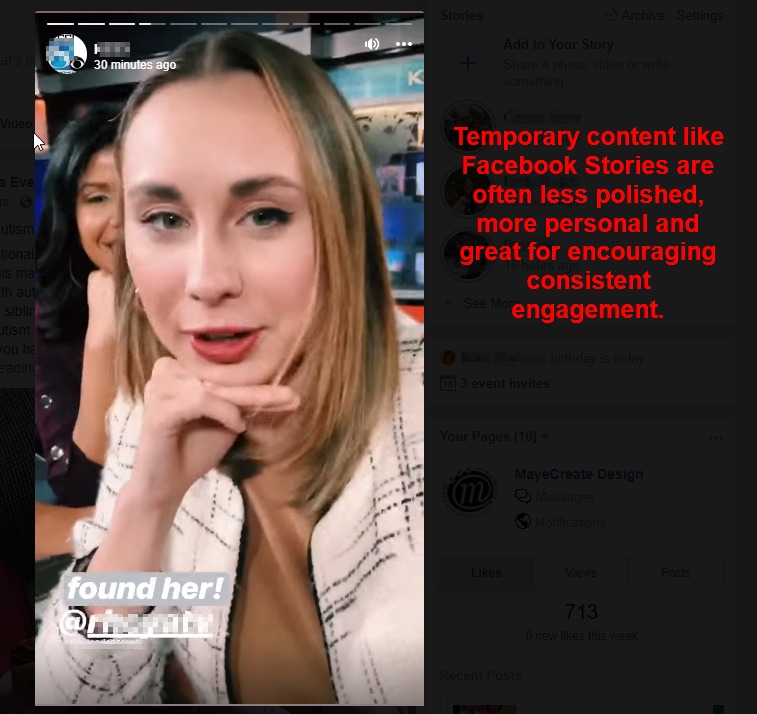
Boost Post: A paid advertising tool allowing you to get more reactions or direct messages in response to a post. Boosted posts can allow you to target specific audiences and share your content on other Facebook platforms like Messenger and Instagram.
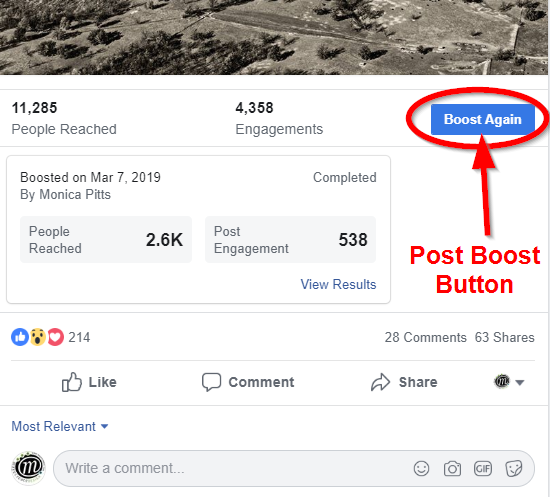
Ever notice the “Boost Post” button on your status updates? Try it out to reach more Facebook users.
How to Use Facebook to Promote your Construction Company
Status: Simple updates which appear on a users Profile timeline, a Page’s post feed as well as in friends/fans’ News Feeds.
Insights: Statistics that are tracked for you by Facebook. These stats vary from the number of people who visited your Page (page views), to the number of people your stories reached.
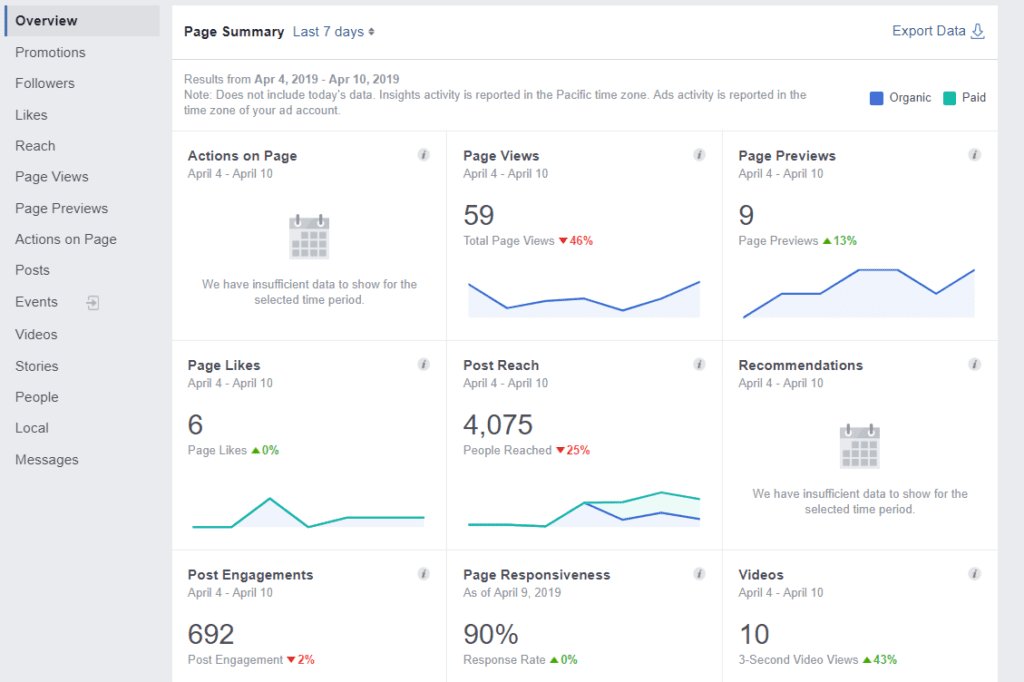
Everything you never realized you wanted to know about your Facebook Business Page.
Reach: The number of individual people who saw your post. Reach is divided into two categories: organic reach and paid reach:
Organic Reach: The number of unique people who found and saw your post on their own.
Paid Reach: Refers to the number of people who saw your post as a result of a paid advertisement.
Impressions: The number of times your post was seen. Different than reach since users can see a post more than once.
- In addition to viewing the reach of your posts in the Insights section of your Facebook page, you can also see how many people your post reached by looking at the bottom of each individual post on your timeline.
Engagements: An aggregate statistic compiling the total number of likes, comments and shares you receive for a specific post.
Engagement Rate: A percentage calculated by dividing the number engagements by the number of people reached. Engagement rate can be useful for quickly determining the effectiveness or quality of your content. Most businesses should aim for an engagement rate of 7-10% and up.
How to Know if Your Social Media Sucks (According to the Metrics)
Apps: Applications within Facebook, such as photos, questions, videos, games, etc. that are meant to enhance the user experience on the site.
Notifications: Updates about activity on Facebook. Helpful for keeping track of events like people commenting, sharing or mentioning your Page.
Mentions: A tag that links a page or profile to a post. Use the @ symbol in front of an account name (user handle) to notify them that you are talking to, at or about them.
Facebook Fundamentals: Hashtag vs. At (# vs. @)
So Many Terms, So Little Time
We get it. Intaking so many terms at once can be a lot to process. Remember, you (probably) weren’t an expert on all the terminology in your own industry from day one either. These things simply take time. The good news? MayeCreate Design is always here to help! Check out our blog where we go into detail on many of the concepts covered above or follow us on social media (where we like to keep things helpful and fun) — @mayecreate.
Who Manifested This Madness?

This fabulous human, that's who.
Monica Maye Pitts
Monica is the creative force and founder of MayeCreate. She has a Bachelor of Science in Agriculture with an emphasis in Economics, Education and Plant Science from the University of Missouri. Monica possesses a rare combination of design savvy and technological know-how. Her clients know this quite well. Her passion for making friends and helping businesses grow gives her the skills she needs to make sure that each client, or friend, gets the attention and service he or she deserves.

